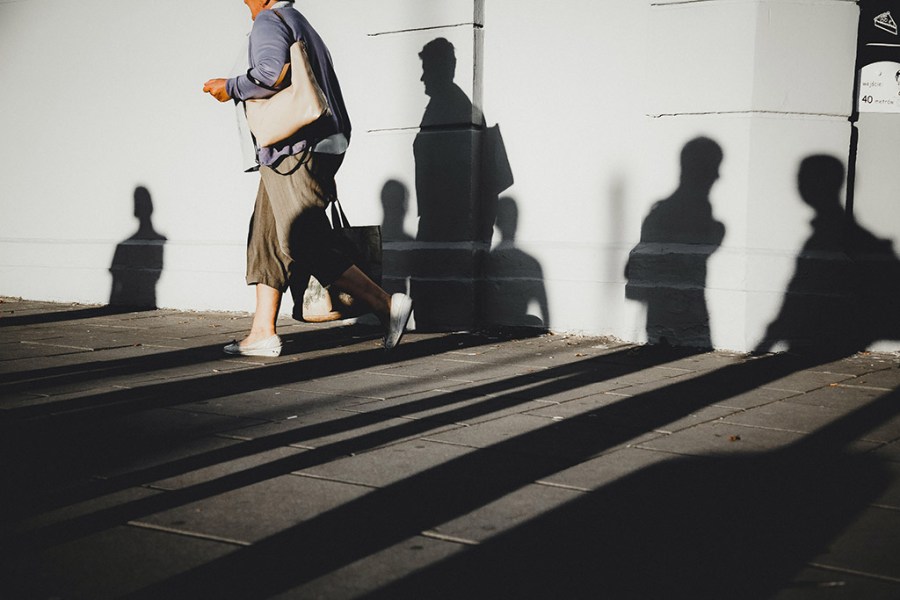6 Simple Techniques For Street Photographers
6 Simple Techniques For Street Photographers
Blog Article
The smart Trick of Street Photographers That Nobody is Discussing
Table of ContentsThe Ultimate Guide To Street PhotographersExamine This Report on Street PhotographersWhat Does Street Photographers Do?Getting My Street Photographers To WorkThe Best Guide To Street Photographers
A category of digital photography that records everyday life in a public area. The actual publicness of the setting allows the photographer to take honest photos of complete strangers, typically without their understanding. Street digital photographers do not always have a social purpose in mind, but they like to separate and record minutes which may otherwise go unnoticed (Street Photographers).He was influenced by several of those that affected the road photographers of the 1950s and '60s, he was not chiefly interested in catching the spirit of the street., who functioned side by side with photographers attempting to catch the essence of urban life.
Due to the relatively primitive technology offered to him and the lengthy exposure time called for, he struggled to capture the pressure of the Paris roads. He trying out a collection of photographic approaches, trying to find one that would enable him to catch movement without a blur, and he located some success with the calotype, patented in 1841 by William Henry Fox Talbot. While the professional photographers' topic was essentially the exact same, the results were considerably different, showing the impact of the photographer's intent on the personality of the photos he created.
Offered the fine high quality of his photographs and the breadth of material, architects and artists frequently bought Atget's prints to make use of as referral for their own work, though commercial passions were rarely his major motivation. Instead, he was driven to photograph every last residue of the Paris he loved. The mingled passion and urgency of his goal shine through, resulting in pictures that tell his very own experience of the city, qualities that expected street digital photography of the 20th century.
Getting The Street Photographers To Work
They expose the city through his eyes. His work and basic understanding of digital photography as an art form worked as motivation to generations of photographers that complied with. The future generation of road photographers, though they likely did not describe themselves as such, was ushered in by the photojournalism of Hungarian-born professional photographer Andr Kertsz.
Unlike his peers, Brassa used a larger-format Voigtlnder video camera with a longer direct exposure time, requiring him to be much more computed and thoughtful in his practice than he may have been if using a Leica. (It is thought that he may not have been able to pay for a Leica during that time, yet he did, nevertheless, utilize one in the late 1950s to take colour photos.) Brassa's photos of the Paris underworld lit up by fabricated light were a revelation, and the collection of the collection that he released, (1933 ), was a major internet success.
Cartier-Bresson was a champ of the Leica cam and among the initial photographers to optimize its abilities. The Leica allowed the digital photographer to communicate with the environments and to record moments as they took place. Its reasonably little dimension additionally assisted the professional photographer discolor into the background, which was Cartier-Bresson's preferred technique.
The smart Trick of Street Photographers That Nobody is Discussing
It is due to the fact that of this basic understanding of the look these up art of picture taking that he is typically credited with rediscovering the medium throughout once more approximately a century considering that its creation. He took photos for greater than a half century and influenced generations of digital photographers to trust their eye and instinct in the moment.
These are the inquiries I shall try have a peek at these guys to address: And afterwards I'll leave you with my own definition of road photography. Yes, we do. Allow's begin with defining what a definition is: According to (Street Photographers) it is: "The act of specifying, or of making something precise, distinctive, or clear"
No, definitely not. The term is both limiting and misleading. Seems like a road photography need to be pictures of a roads appropriate?! And all street digital photographers, except for a small number of absolute novices, will fully value that a street is not the vital element to road photography, and in fact if it's a photo of a street with possibly a few dull individuals not doing anything of rate of interest, that's not street photography that's a photo of a street.
Street Photographers for Beginners
He makes a legitimate point don't you believe? Nonetheless, while I concur with him I'm uncertain "candid public digital photography" will certainly capture on (although I do kind of like the term "honest digital photography") because "road photography" has actually been around for a very long time, with numerous masters' names connected to it, so I believe the term is right here to remain.
Inside?! I hear you yell as you shake your clenched fist to the skies. Why not? You can shoot at the beach, at an event, in an alley, in a park, in a piazza, in a coffee shop, at a museum or art gallery, in a metro station, at an event, on a bridge, under a bridge ...

More About Street Photographers

Report this page